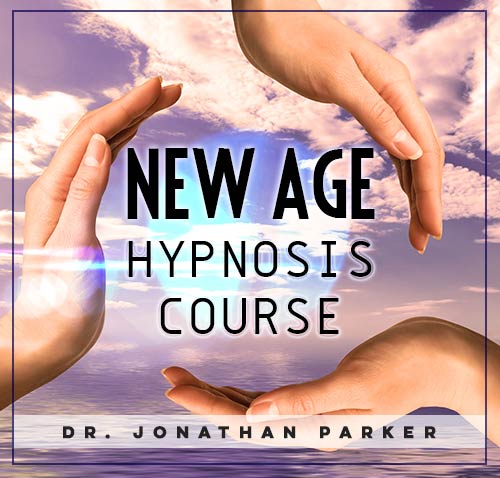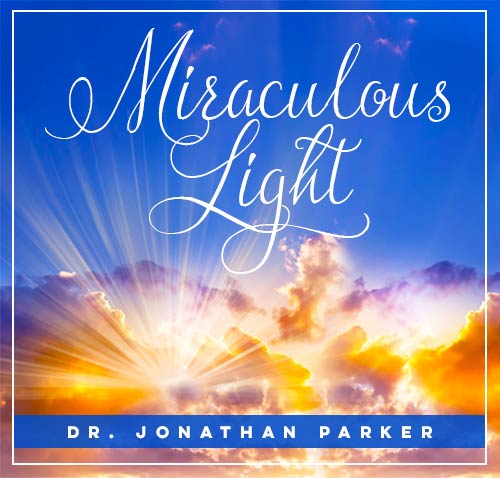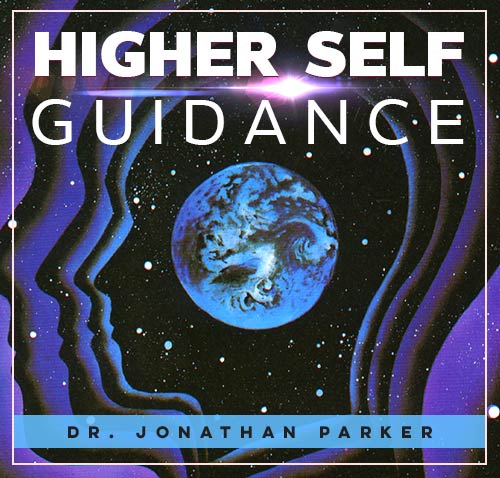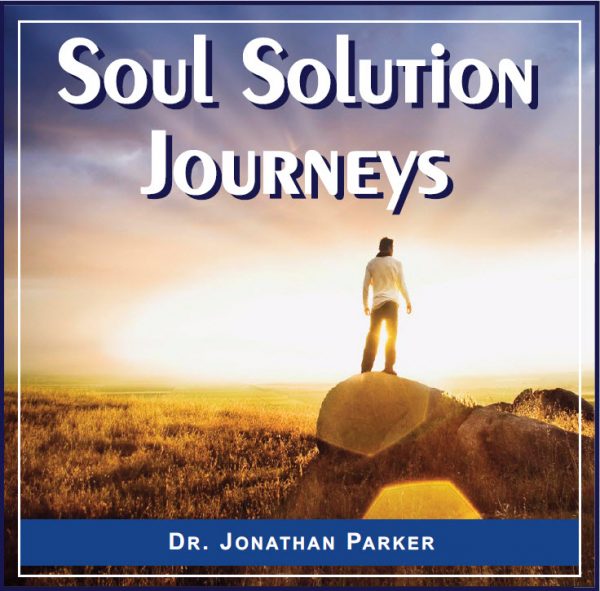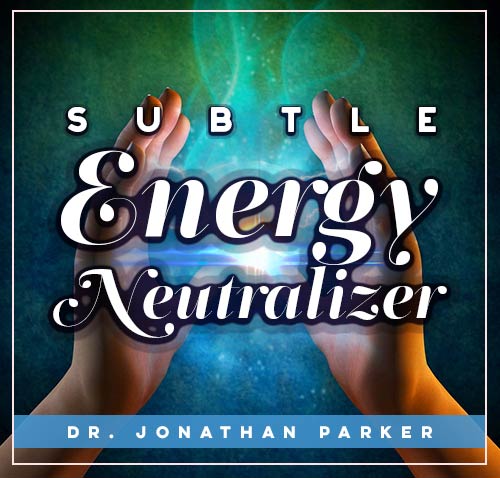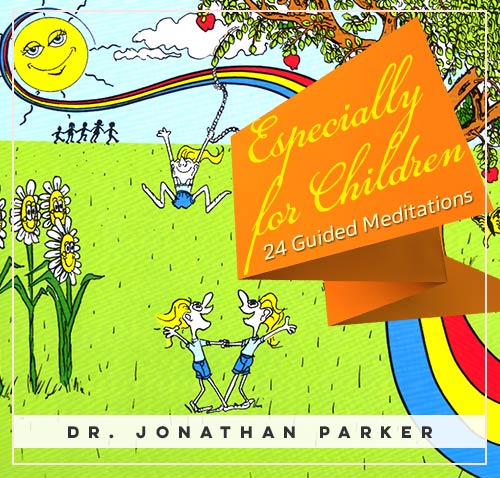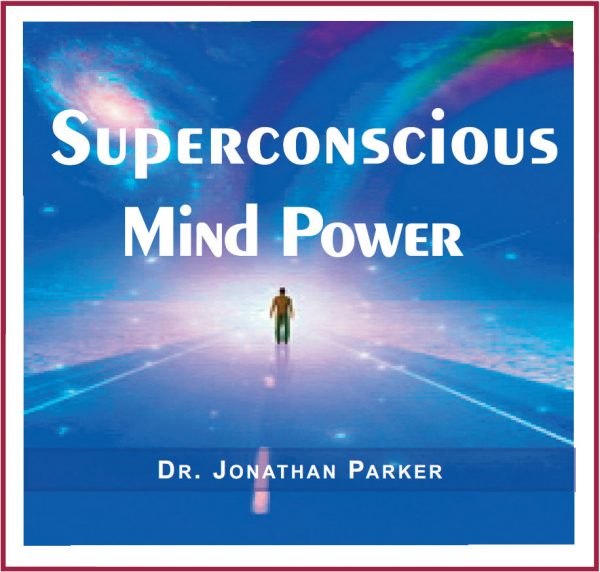Spiritual Significance of Mecca and Medina: Holiest in Islam
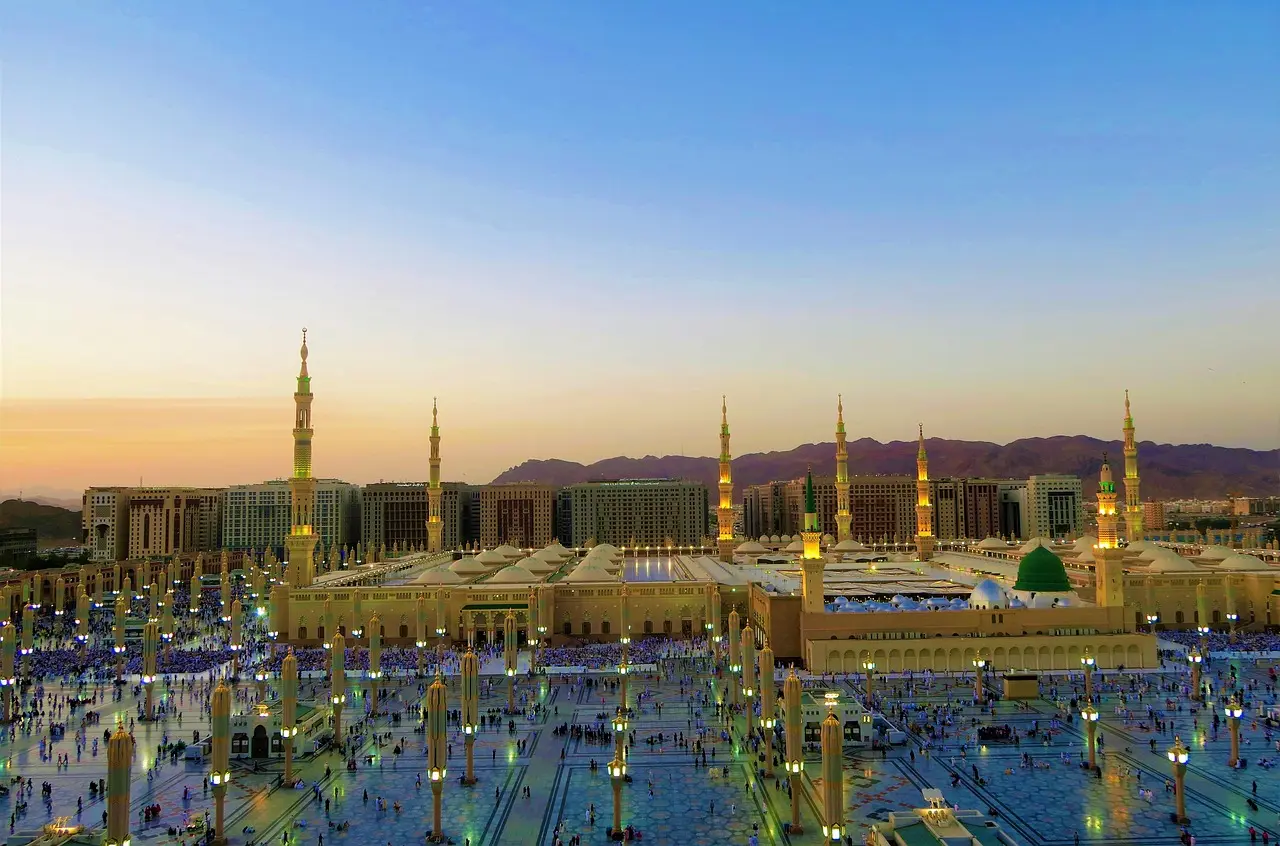
Before diving in, please note: This post is for informational purposes only. If you’d like to know more about how we approach topics, feel free to check out our friendly Disclaimer Page.
Hey there, amazing readers! 
We’re committed to delivering quality posts, and your support (even just sticking around despite the ads) means everything to us. So, bear with us, and thanks for helping us keep the good vibes rolling. Now, on to the fun stuff!
TRANSLATE BUTTON AT THE END OF THE ARTICLE
Mecca and Medina, two of the most sacred cities in the Islamic world, hold profound spiritual significance for Muslims worldwide. These cities are not only centers of faith but also symbols of unity, devotion, and the rich history of Islam. In this extended long-form article, we will delve even deeper into the spiritual meaning of Mecca and Medina, exploring their historical roots, religious importance, and the rituals that make them the holiest cities in Islam.
The Historical Origins of Mecca and Medina
Mecca: The Birthplace of the Prophet
Mecca, situated in modern-day Saudi Arabia, is known as the birthplace of the Prophet Muhammad. It holds a special place in the hearts of Muslims as the city where the final prophet received the revelations of the Quran. The Kaaba, a sacred black cube at the center of the Masjid al-Haram, is the most iconic symbol of Mecca.
Mecca’s historical significance extends beyond the life of the Prophet Muhammad. It was a thriving center of trade and commerce long before the advent of Islam. The Kaaba, believed to have been built by the Prophet Ibrahim and his son Isma’il, was a place of pilgrimage even in pre-Islamic times. The city’s history is a tapestry of spirituality, culture, and tradition.
Medina: The City of the Prophet’s Migration
Medina, also known as Al-Madinah, is another holy city that played a pivotal role in the early days of Islam. It was to Medina that Prophet Muhammad and his followers migrated in 622 CE, escaping persecution in Mecca. The city is home to the Prophet’s Mosque, where he is buried.
Medina’s significance lies not only in its role as a place of refuge for the early Muslim community but also in the establishment of the first Islamic state. The Constitution of Medina, also known as the Charter of Medina, was a groundbreaking document that established a framework for coexistence among the diverse communities in the city, including Muslims, Jews, and pagans. This document laid the foundation for a just and pluralistic society, emphasizing the importance of religious freedom and cooperation.
The Spiritual Journey: Hajj and Umrah
Hajj: The Pilgrimage to Mecca
Hajj is one of the Five Pillars of Islam, mandatory for every Muslim who is physically and financially able. The pilgrimage involves a series of rituals performed in and around Mecca, such as the circumambulation of the Kaaba and the standing at Arafat. It is a journey of self-discovery, purification, and seeking forgiveness.
The significance of Hajj goes beyond the physical acts of worship. It represents a spiritual journey, a path of self-purification, and a reconnection with one’s faith. Pilgrims who undertake the Hajj experience a profound transformation, leaving behind the distractions and concerns of everyday life to focus entirely on their relationship with Allah.
Umrah: The Lesser Pilgrimage
Umrah is a non-mandatory pilgrimage to Mecca that can be performed at any time of the year. While not as extensive as Hajj, it includes essential rituals, such as the Tawaf around the Kaaba, and offers spiritual fulfillment to the pilgrims.
Umrah serves as a spiritual recharge for Muslims. It provides an opportunity for those who cannot undertake Hajj to experience the sacredness of Mecca and its rituals. Performing Umrah brings a sense of tranquility and spiritual rejuvenation, reinforcing one’s faith and connection with Allah.
The Kaaba: The Center of Worship
The Black Stone: A Symbol of Devotion
The Black Stone embedded in the eastern corner of the Kaaba is a significant object of veneration. Pilgrims kiss or touch it during the Tawaf, a gesture that symbolizes their submission to Allah and their connection to the Prophet Ibrahim.
The Black Stone is shrouded in mystery and legend. It is said to have been a precious stone from heaven, blackened by the sins of humanity. Touching or kissing the Black Stone is a symbolic act of purification, where the sins of the past are left behind, and the pilgrim begins a new phase of spiritual growth and devotion.
The Changing Face of the Kaaba
The Kaaba has undergone several reconstructions throughout history, reflecting the dynamic nature of Islam. Each reconstruction maintains the fundamental cubic shape, emphasizing the idea of monotheism and the oneness of Allah.
The act of covering the Kaaba, known as the kiswah, is a tradition that dates back centuries. This symbolic act represents the sanctity of the Kaaba and serves as a reminder of the continuous cycle of life, death, and renewal. The Kaaba’s changing exterior is a testament to the enduring nature of Islam and its ability to adapt to the evolving needs of the Muslim community.
The Prophet’s Mosque in Medina: A Sanctuary of Peace
The Final Resting Place of the Prophet
The Prophet Muhammad’s tomb in the Prophet’s Mosque is a place of profound spiritual importance. Pilgrims visit the mosque to pay their respects and seek blessings from the Prophet, who is considered the ideal model for Muslims.
The presence of the Prophet’s tomb in Medina is a constant source of spiritual inspiration for Muslims. It is a place of reflection, prayer, and connection with the Prophet’s teachings. Pilgrims who visit the mosque often find solace and guidance in the Prophet’s example, striving to live their lives in accordance with his wisdom and compassion.
The Green Dome: A Symbol of Hope
The green dome that covers the Prophet’s tomb is an iconic symbol. It represents paradise and the eternal blessings of the afterlife, providing solace and inspiration to Muslims.
The green dome is not merely a decorative element; it serves as a powerful symbol of hope and the rewards that await the faithful in the afterlife. It reminds Muslims of the ultimate goal of their faith – to attain Allah’s pleasure and eternal bliss in paradise.
The Spiritual Impact of Visiting Mecca and Medina
Inner Transformation
Visiting Mecca and Medina is a deeply spiritual experience that transforms the hearts and minds of pilgrims. The rituals, the historical context, and the sheer devotion of millions of fellow pilgrims create a powerful atmosphere of spiritual awakening.
The journey to Mecca and Medina is not merely a physical one; it’s a profound inner journey. Pilgrims experience a deep sense of humility and surrender in the face of Allah’s grandeur. This inner transformation leads to self-discovery, self-improvement, and a renewed commitment to living a life in accordance with Islamic values.
A Sense of Unity
Mecca and Medina serve as a unifying force for Muslims worldwide. People from diverse cultures and backgrounds come together in these cities, emphasizing the unity of the Islamic community.
The unity experienced in Mecca and Medina is a reflection of the universality of Islam. It transcends national, racial, and cultural boundaries, demonstrating that all Muslims are equal in the eyes of Allah. This sense of unity extends beyond the pilgrimage itself and fosters a deeper sense of brotherhood and sisterhood among Muslims worldwide.
The Legacy of Mecca and Medina: A Beacon of Faith
Mecca and Medina are not just cities on a map; they are the beating heart of Islam. They are places where the past and present converge, where the spiritual and the physical unite, and where millions of pilgrims find solace, unity, and renewed faith. The legacy of these cities extends far beyond their physical borders, touching the lives and hearts of Muslims across the globe.
As we conclude this exploration of the spiritual significance of Mecca and Medina, we are reminded that these cities are not confined to the pages of history; they are vibrant, living testaments to the enduring power of faith. They stand as symbols of the unity of the Muslim ummah, the resilience of a faith that has withstood the test of time, and the unbreakable bond between Allah and His worshipers. Mecca and Medina are, and will always remain, beacons of light in a world that often seems dark, guiding the faithful towards the path of righteousness and devotion.
FAQs: Answering Common Questions
1. Can Non-Muslims Visit Mecca and Medina?
No, entry into the city of Mecca is restricted to Muslims only. Non-Muslims are not allowed to enter the city. However, Medina does permit non-Muslims to visit certain areas.
The restriction on non-Muslims entering Mecca is based on Islamic religious law, which reserves the city exclusively for the worship and spiritual activities of Muslims. While non-Muslims may not enter Mecca, they are welcome to explore other parts of Saudi Arabia and visit historical and cultural sites.
2. How Many Times Should a Muslim Perform Hajj in Their Lifetime?
A Muslim who is physically and financially capable should perform Hajj at least once in their lifetime. Umrah can be performed more frequently if desired.
Performing Hajj once in a lifetime is a religious obligation, provided the individual has the means to do so. However, there is no limit to how many times a Muslim can perform Umrah. Many Muslims choose to perform Umrah multiple times, as it is a way to earn spiritual rewards and draw closer to Allah.
3. What Is the Significance of the Zamzam Well in Mecca?
The Zamzam Well, located within the Masjid al-Haram, is believed to have miraculously provided water to Hagar and her son, Prophet Ishmael. It is a symbol of sustenance and divine blessings.
The Zamzam Well is a testament to the miraculous events associated with the history of Islam. The story of Hagar and Ishmael and their survival in the barren desert, thanks to the Zamzam Well, serves as a reminder of Allah’s providence and the importance of trust and faith in times of difficulty.
4. How Do Pilgrims Prepare for the Hajj and Umrah?
Preparation includes learning the rituals, obtaining necessary visas, and ensuring physical fitness. Pilgrims also purify their intentions and repent for their sins.
Preparation for Hajj and Umrah is a multi-faceted process. Pilgrims need to familiarize themselves with the rituals and logistics of the journey. They also must obtain the necessary travel documents and visas. Additionally, physical fitness is crucial, as the pilgrimage involves significant physical activity.
Equally important is the purification of one’s intentions. Pilgrims engage in a process of self-examination and repentance, seeking forgiveness for their sins. This inner purification is a crucial aspect of the pilgrimage, as it prepares the heart and soul to receive the spiritual benefits of the journey.
5. Why Is the Kaaba Covered in a Black Silk and Gold Curtain?
The black silk and gold curtain, called the kiswah, is replaced annually during Hajj. It is a tradition dating back centuries, signifying the sanctity of the Kaaba.
The tradition of covering the Kaaba with the kiswah is a reflection of the reverence and respect that Muslims have for the House of Allah. The kiswah is made of the finest materials and is richly adorned with verses from the Quran. Its annual replacement is a ceremonial event that symbolizes the perpetual renewal of faith and devotion.
6. What Is the Significance of the Seven Circuits Around the Kaaba?
Circling the Kaaba seven times during Tawaf represents the seven heavens and the unity of the Muslim community in worship.
The seven circuits around the Kaaba during Tawaf hold profound symbolism. They represent the seven heavens and the unity of the Muslim community in their worship of Allah. Each circuit is a step towards spiritual ascent, culminating in the acknowledgment of Allah’s sovereignty over all.
7. How Can a Visit to Mecca and Medina Enhance One’s Faith?
Visiting these holy cities deepens one’s connection to Allah, provides a sense of spiritual renewal, and reinforces faith in the teachings of Islam.
A visit to Mecca and Medina is a transformative experience. It allows individuals to draw closer to Allah and immerse themselves in the rich spiritual history of Islam. The rituals and the atmosphere of devotion create a profound sense of renewal and a deeper understanding of one’s faith. The lessons learned and the connections made during the pilgrimage continue to inspire and guide the individual long after they have returned home.

The Enlightenment Journey is a remarkable collection of writings authored by a distinguished group of experts in the fields of spirituality, new age, and esoteric knowledge.
This anthology features a diverse assembly of well-experienced authors who bring their profound insights and credible perspectives to the forefront.
Each contributor possesses a wealth of knowledge and wisdom, making them authorities in their respective domains.
Together, they offer readers a transformative journey into the realms of spiritual growth, self-discovery, and esoteric enlightenment.
The Enlightenment Journey is a testament to the collective expertise of these luminaries, providing readers with a rich tapestry of ideas and information to illuminate their spiritual path.
Our Diverse Expertise
While our primary focus is on spirituality and esotericism, we are equally passionate about exploring a wide range of other topics and niches 

To ensure we provide the most accurate and valuable insights, we collaborate with trusted experts in their respective domains 
Our blog originally focused on spirituality and metaphysics, but we’ve since expanded to cover a wide range of niches. Don’t worry—we continue to publish a lot of articles on spirituality! Frequently visit our blog to explore our diverse content and stay tuned for more insightful reads.


